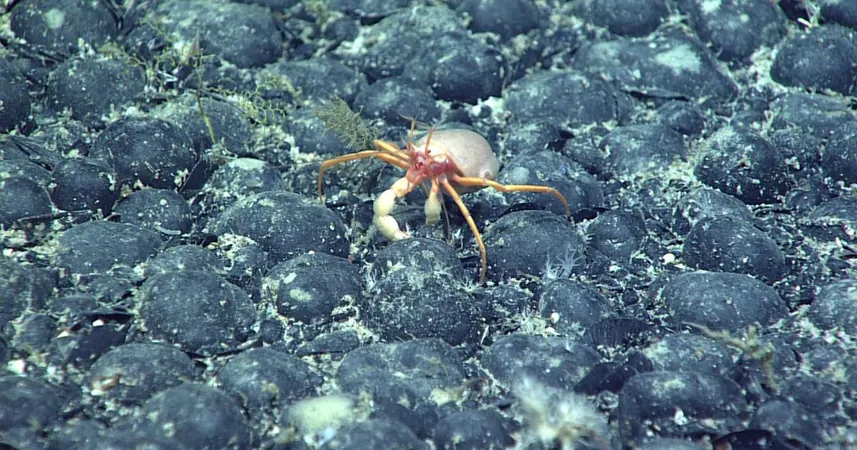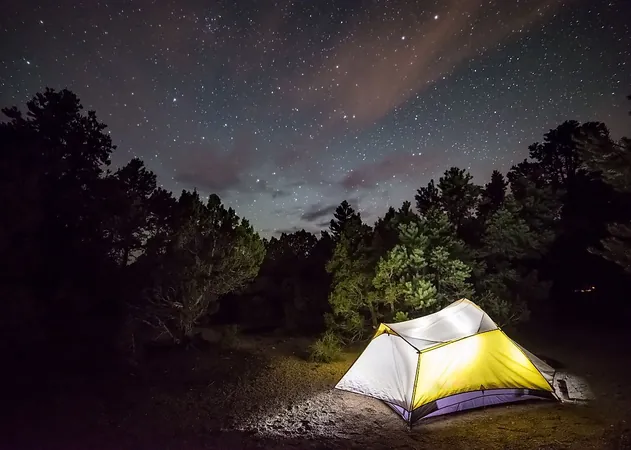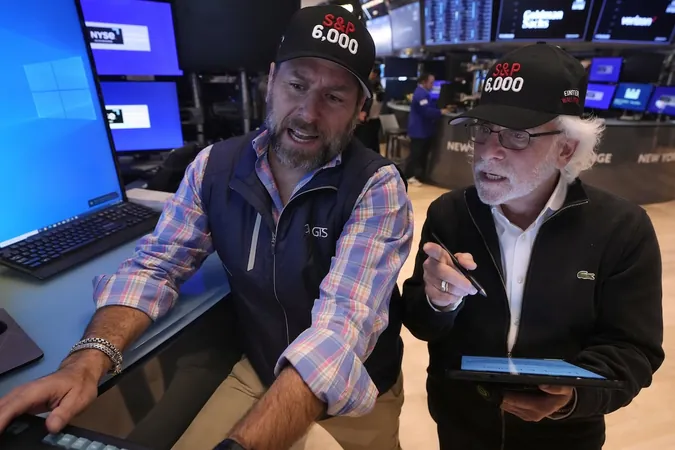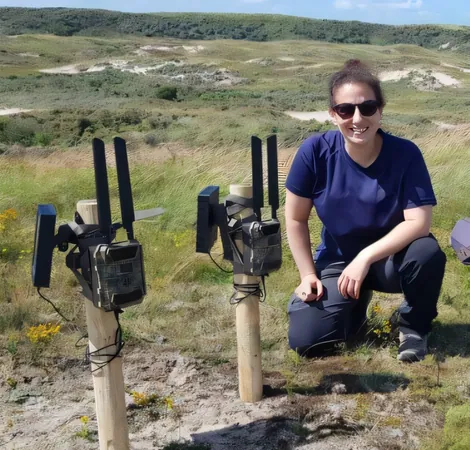
Controversy Erupts Over 'Dark Oxygen' Research Claims Amidst Seabed Mining Debate
2024-11-12
Author: Michael
Introduction
In a groundbreaking study published in July by Nature Geoscience, researchers claimed to have discovered peculiar nodules in the deep Pacific Ocean that produce oxygen without sunlight. This revelation threw a wrench in conventional understanding of marine ecosystems. However, the leading scientist has noted that similar features do not exist in Norwegian waters, although manganese crusts capable of oxygen production can be found there.
Concerns Over Deep Seabed Mining
The issue has gained traction recently, following an interview with Gina Gylver from WWF Norway, featured in High North News, discussing the potential ramifications of deep seabed mining on such nodules and oceanic health. Gylver warned of the vast unknowns regarding deep-sea ecosystems, implying that the new research could overturn established marine science.
Criticism from Experts
However, Tore Killingland, a prominent climate advisor and former secretary general of Friends of the Earth Norway, has vehemently criticized both the study and WWF’s response. "If this study has supposedly 'turned everything on its head,' then they must understand very little about the deep ocean," he argued, questioning WWF's authority to label the mining potential as catastrophic based on such limited knowledge.
He posits that the scientific community possesses a wealth of knowledge about oceanic environments and suggests many, like himself, remain skeptical of the dark oxygen theory. This skepticism is echoed in a September publication from the journal Science, which asserted that the evidence supporting these claims was insufficient. Additionally, researchers from the Metals Company – which partly funded the expedition that led to the study – questioned its methodologies and conclusions.
Methodology Concerns
Killingland highlighted concerns about the research equipment's functioning, stating that oxygen bubbles could have skewed results during measurements. He noted that the reported oxygen production over a limited two-day timeline may mislead the public to perceive a continuous oxygen production process when, in reality, the data suggests a quick depletion.
Critique of Environmental Organizations
He further criticized environmental organizations like WWF for seizing upon sensational studies without rigorous vetting. "When evidence appears that dubious, care should be taken – otherwise, you risk being embroiled in discredited claims when the research is disproved."
Mining Area Assessments
Amidst this heated dialogue, WWF has raised alarms over the potential environmental damage of mining operations claiming they could affect areas the size of the UK. Yet Killingland countered, amplifying that reported mining areas are often overstated, referencing a report from EY which indicated that viable mining locations would only encompass about 1 square kilometer for each municipality.
Financial Feasibility of Mining
Drawing parallels to land mining, he questioned why extensive mining operations don't proliferate across Norway due to financial infeasibility, suggesting that land permits necessitate extensive environmental assessments.
Conclusion
As discussions continue, the tension between environmental conservation and resource extraction intensifies. There is a pressing need for clarity on the actual impacts and viability of such seabed mining endeavors. With varying viewpoints on the credibility of new studies, the future of deep-sea exploration hangs in a delicate balance, highlighting the importance of thorough research and responsible environmental stewardship.
Call to Action
Are we really ready to risk our oceans over questionable science? The debate around dark oxygen grows more controversial by the day!









 Brasil (PT)
Brasil (PT)
 Canada (EN)
Canada (EN)
 Chile (ES)
Chile (ES)
 España (ES)
España (ES)
 France (FR)
France (FR)
 Hong Kong (EN)
Hong Kong (EN)
 Italia (IT)
Italia (IT)
 日本 (JA)
日本 (JA)
 Magyarország (HU)
Magyarország (HU)
 Norge (NO)
Norge (NO)
 Polska (PL)
Polska (PL)
 Schweiz (DE)
Schweiz (DE)
 Singapore (EN)
Singapore (EN)
 Sverige (SV)
Sverige (SV)
 Suomi (FI)
Suomi (FI)
 Türkiye (TR)
Türkiye (TR)